Mastering Marketing Automation and Sequences: A Step-by-Step Guide
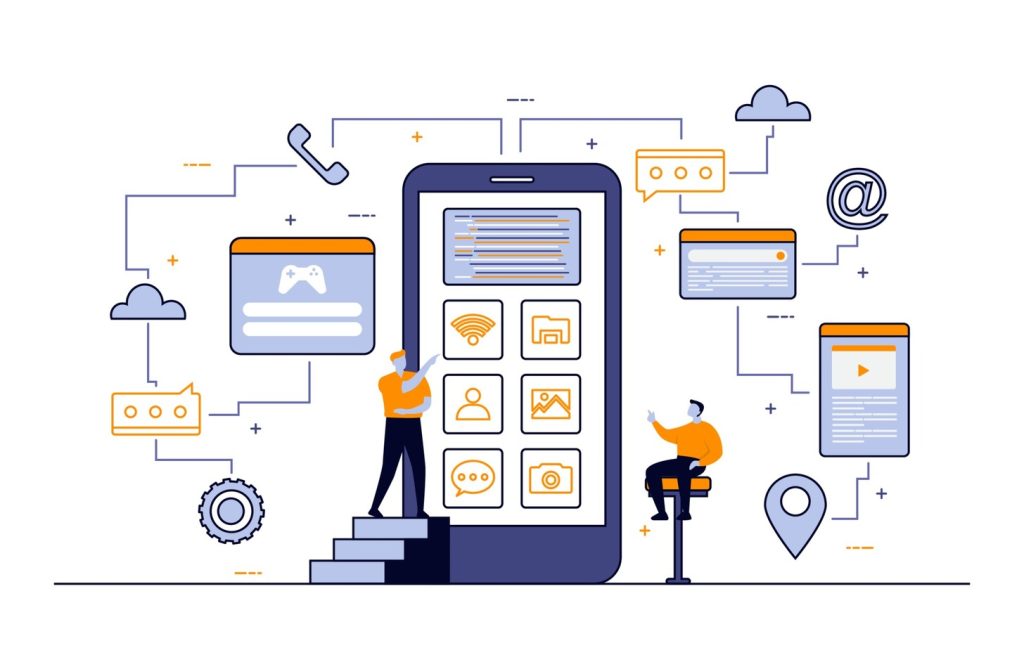
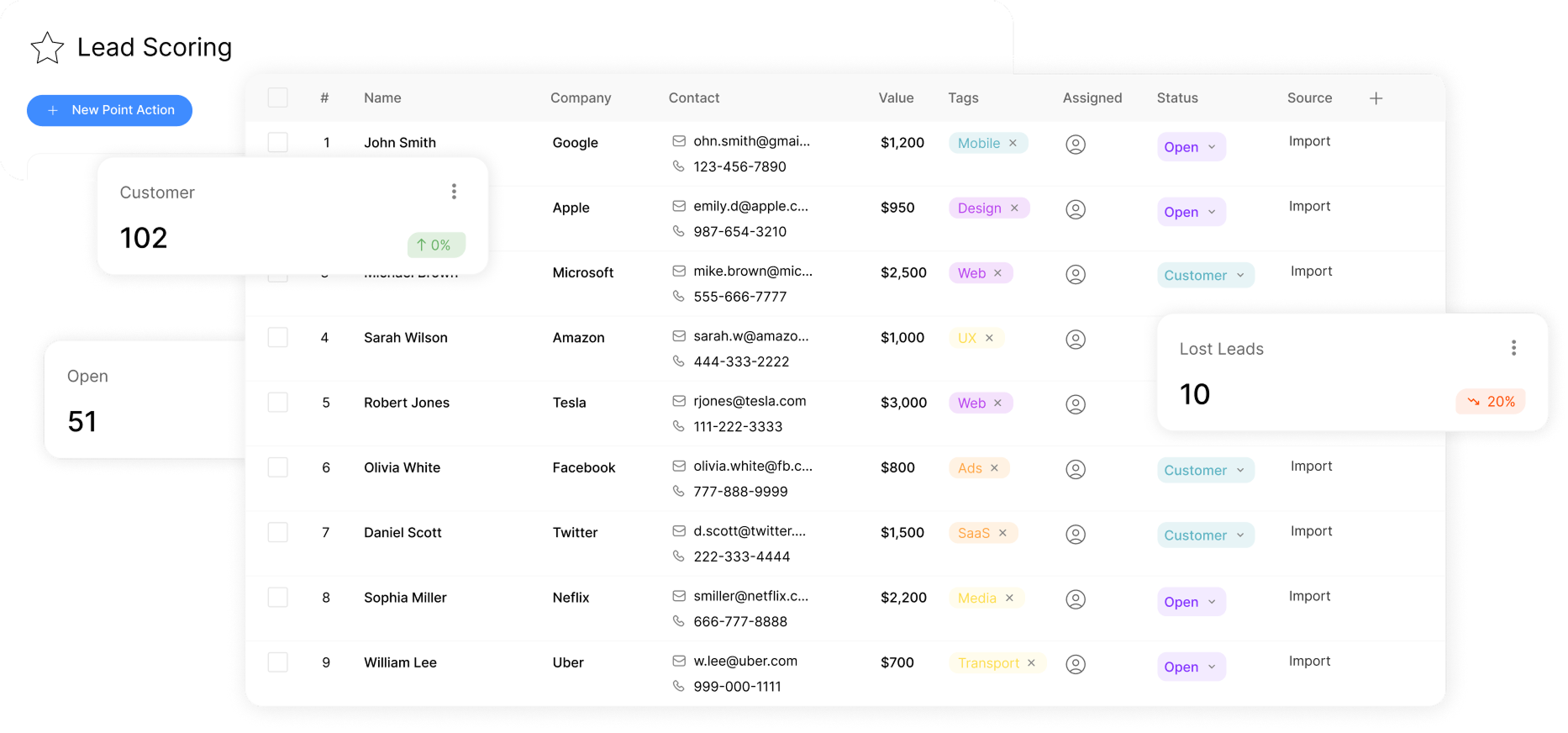
Prioritize the Right Leads Automatically
Spend less time guessing, more time closing.
ClearCRM scores and segments leads based on real behavior, so your team knows who’s ready to act.
- Use lead scoring to surface high-potential prospects
- Segment contacts dynamically based on rules
- Track behavior across emails, forms, and pages
Automate Campaigns from Start to Send
Run your marketing on autopilot — with full control.
Launch smarter campaigns using scheduled sends and workflow automation.
- Schedule emails, SMS, or page campaigns in advance
- Trigger actions from user behavior or status changes
- Streamline repetitive tasks with workflow builders
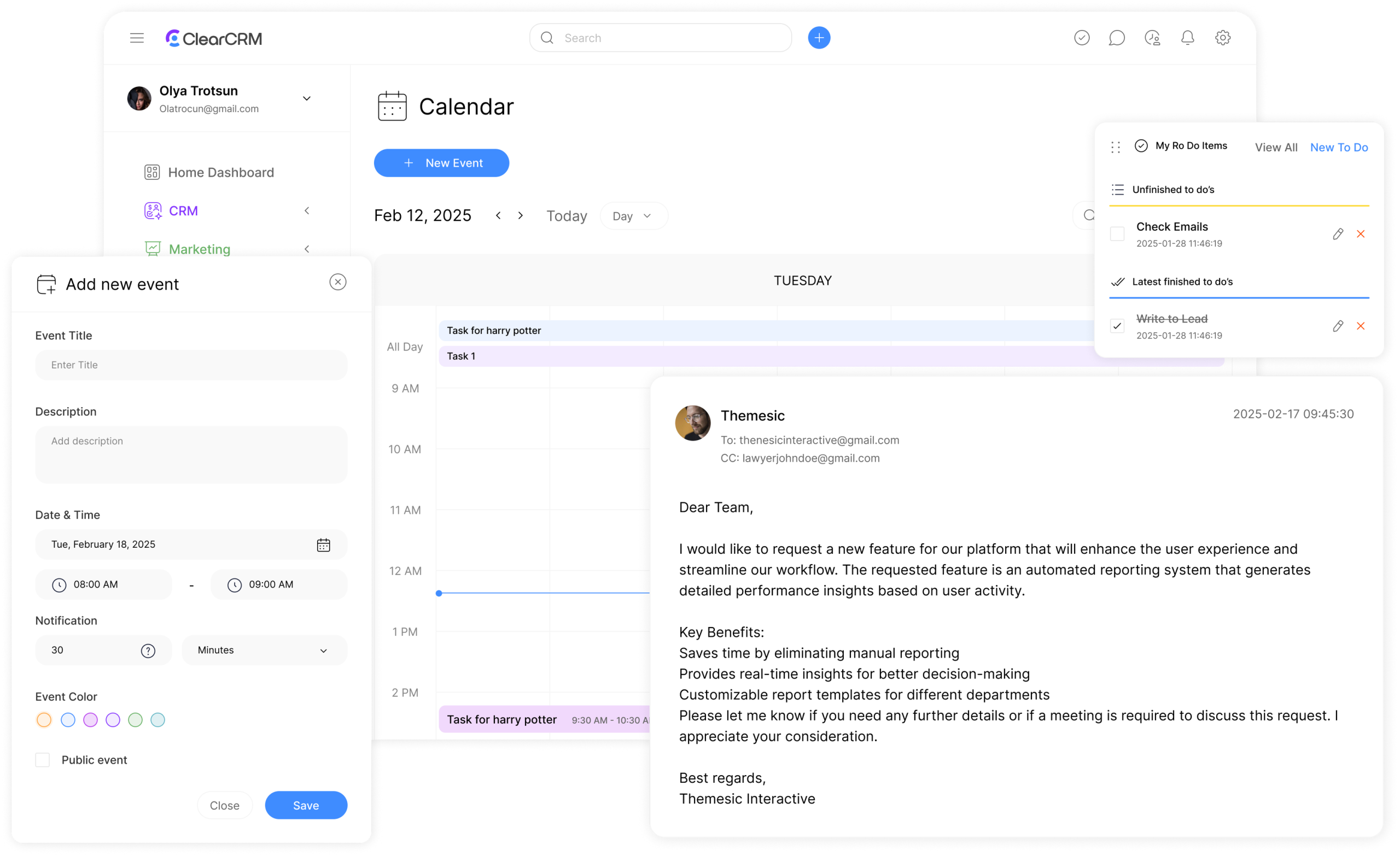
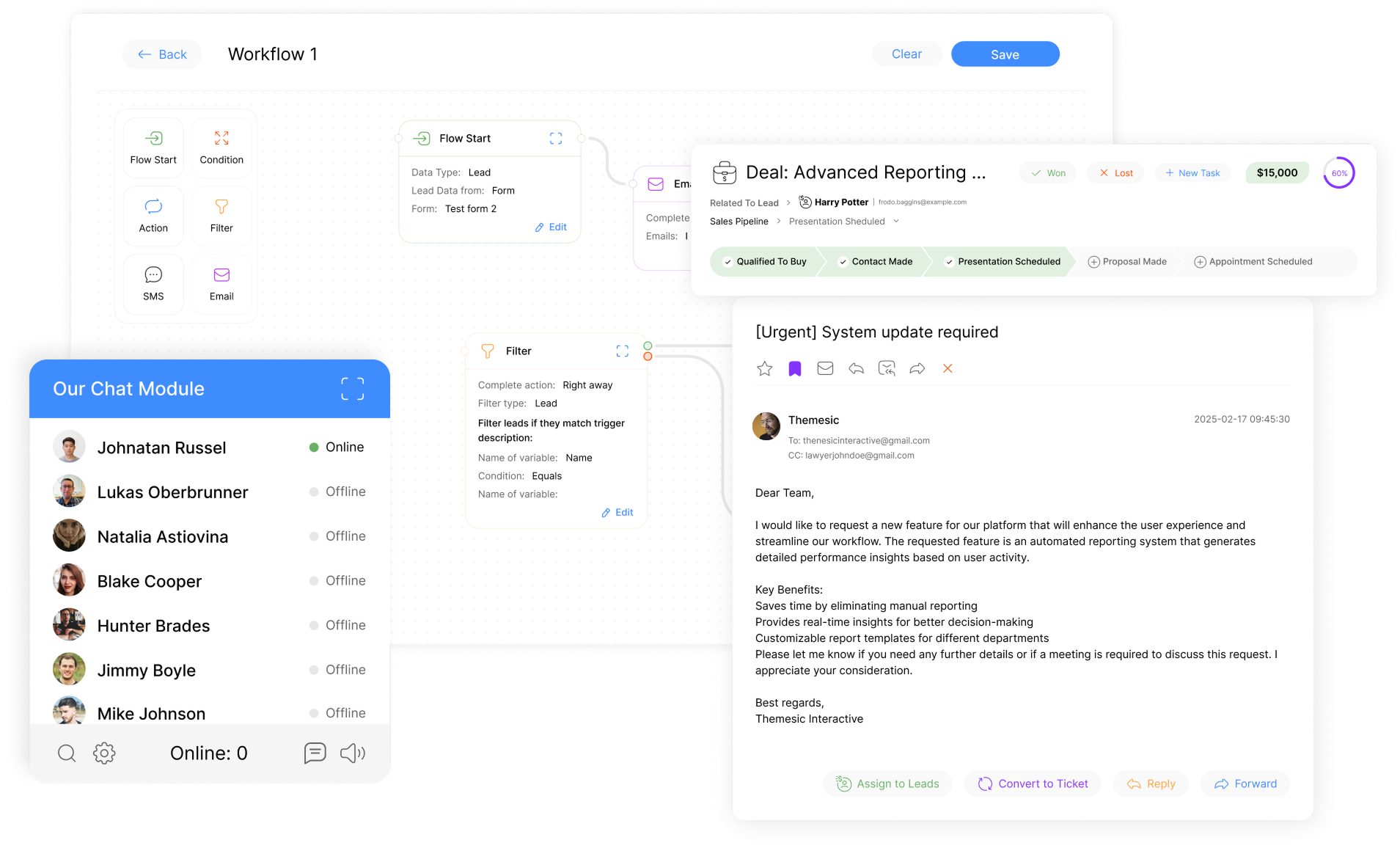
Personalize Every Touchpoint
Deliver content that feels tailor-made.
Boost engagement with dynamic content and multi-channel reach — all in one system.
- Insert personalization tokens into emails or pages
- Manage campaigns across email, SMS, and landing pages
- Use detailed analytics to fine-tune performance
In today’s digital landscape, timely and personalized communication is essential for business growth. Automated workflows and email sequences help teams nurture leads without manual effort. These tools send targeted messages based on customer actions, ensuring the right content reaches the right people at the right moment.
For example, when a contact fills out a website form, they’re automatically added to a pre-built series of emails. Each message aligns with their interests or stage in the buyer’s journey. Platforms like HubSpot enable teams to set delays, triggers, and follow-up tasks—all while maintaining a human touch.
Why does this matter? Efficiency and precision drive results. Sales teams save hours by automating repetitive follow-ups. Marketing teams gain data to refine campaigns. Customers receive consistent engagement, which builds trust and boosts conversion rates.
Success hinges on careful planning. Define goals, segment contact lists, and map out content for each step. Test subject lines, track open rates, and adjust timing between emails. A well-structured sequence feels intentional, not robotic.
Key Takeaways
- Automated email sequences nurture leads over days or weeks, reducing manual outreach.
- Triggers like website visits or form submissions start personalized communication instantly.
- Workflows integrate with CRM systems to update contact records and assign follow-up tasks.
- Delays between emails ensure messages align with the customer’s decision-making pace.
- Clear goals and audience segmentation improve campaign relevance and performance.
- Analytics tools help refine content, timing, and calls to action for higher engagement.
Understanding the Basics of Marketing Automation and Sequences

Effective communication drives growth in competitive markets. Automated systems eliminate manual tasks while delivering tailored messages at scale. These solutions respond to user behavior, ensuring relevance without constant oversight.
What Are Intelligent Communication Tools?
Intelligent tools handle repetitive outreach tasks across channels. They trigger responses based on specific actions, like website visits or form submissions. For sales teams, this means instant follow-ups when prospects show interest. Customer service teams use these systems to send order confirmations or appointment reminders automatically.
How Structured Message Series Enhance Engagement
A structured message series delivers content in timed intervals after initial contact. Unlike single emails, these pre-built chains adapt to recipient interactions. For example:
- Day 1: Welcome email with resource links
- Day 3: Case study showcasing results
- Day 7: Limited-time offer based on engagement
Delays between messages respect decision-making timelines. Customizable rules prevent weekend sends or align with time zones. Integrated workflows update CRM records and assign follow-up tasks, creating seamless handoffs between departments.
Metrics like open rates and click patterns reveal which steps resonate. This data helps refine future campaigns while maintaining consistent touchpoints. Well-designed systems feel personal, not mechanical—a balance critical for building trust.
Setting Up Your Automated Email Sequence
Building an effective email sequence requires strategic planning and precise execution. Platforms like HubSpot simplify this process with drag-and-drop editors and customizable triggers. Start by mapping your customer journey to determine when automated messages add value.
Designing Templates That Convert
Choose between pre-built templates or create new ones from scratch. HubSpot’s editor lets you insert dynamic fields like first names or company details using personalization tokens. For example:
- Add a token for {{contact.firstname}} to greet recipients individually
- Include {{company.name}} to reference their organization
Test layouts across devices to ensure readability. Subject lines should spark curiosity—aim for under 60 characters.
Timing Messages for Maximum Impact
In HubSpot, click the ‘+’ icon in the sequence editor to add delays between emails, ensuring a more natural cadence. Set business-day gaps between emails to align with decision cycles. A three-day pause after sending a case study gives leads time to review it.
Enable time-zone adjustments to avoid midnight sends. For urgent follow-ups, apply 24-hour delays instead of business days.
Balancing Automation With Human Touchpoints
Insert manual tasks into sequences where personal interaction matters. Assign these to team queues in your CRM. For instance:
- After email 2: Trigger a call task for sales reps
- After email 4: Assign a demo scheduling task
Reorder steps by dragging them in the editor. Analyze open rates to identify weak points—adjust content or timing based on real-time data.
Leveraging Workflows for Seamless Enrollment and Triggers

Smart workflows transform how teams manage outreach by automating enrollment and exit criteria. Unlike basic email sequences, these systems adjust in real time based on user behavior. For instance, when a contact replies or schedules a meeting, workflows instantly remove them from campaigns to prevent redundant messaging.
Configuring Precision Triggers
Start by defining triggers in your platform’s automation tab. Common options include form submissions, page visits, or CRM activity updates. A lead who downloads an ebook might enter a nurturing series, while a webinar attendee could trigger a sales follow-up.
Unenrollment rules are equally critical. Set workflows to pause if contacts take specific actions, like clicking a “Unsubscribe” link or replying with “Stop.” This keeps lists clean and respects recipient preferences.
Expanding Reach Through Integrations
Third-party tools amplify workflow capabilities. Linking LinkedIn Sales Navigator lets teams sync prospect data directly into campaigns. Sales reps receive automated tasks to connect with leads who engage with content, bridging email outreach and social selling.
For example, a workflow might:
- Enroll contacts after they view pricing pages
- Assign LinkedIn connection requests via Sales Navigator
- Remove contacts once they reply or book a demo
Platforms like HubSpot allow CRM workflows to toggle between active and paused states. Regularly review enrollment criteria to align with shifting campaign goals. This ensures every message remains timely and targeted.
Personalizing Your Customer Journey Through Email Sequence Strategies
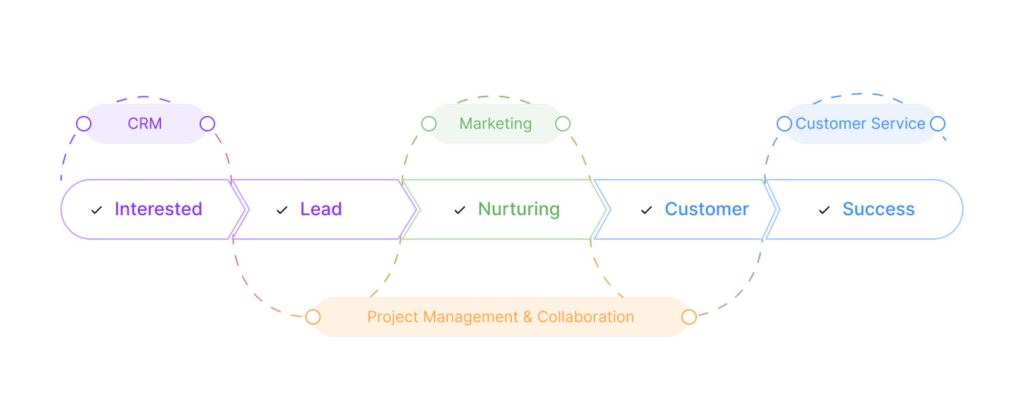
Tailored communication separates generic outreach from meaningful customer connections. By aligning email content with individual preferences and behaviors, businesses create experiences that drive loyalty and conversions. Two critical elements make this possible: precise audience segmentation and dynamic message customization. In addition, integrating channels such as SMS marketing can further enhance customer engagement by providing timely and relevant messages. For instance, incorporating SMS marketing product comparisons allows businesses to showcase their offerings directly to interested consumers, fostering informed decision-making. This multi-channel approach not only reinforces brand loyalty but also increases the likelihood of conversion through personalized touchpoints.
Segmenting Your Audience Effectively
Group contacts using data like job roles, purchase history, or website activity. For example:
- Demographics: Industry, company size, or geographic location
- Behavior: Pages visited, content downloaded, or email engagement rates
- Engagement: Active subscribers vs. inactive contacts needing re-engagement
A SaaS company increased trial-to-paid conversions by 34% after creating separate sequences for IT managers and C-suite executives. Targeted messaging addressed each group’s unique pain points.
Implementing Personalization Tokens and Custom Messaging
Dynamic fields adapt emails to individual recipients. Use tokens like {{firstname}} or {{company}} to add relevance. Subject lines mentioning a contact’s industry see 26% higher open rates.
Adjust follow-up timing based on actions. If a lead opens an email but doesn’t click, send a reminder after two days instead of five. Tools like HubSpot let teams set rules that automatically shorten or extend delays.
“Personalized sequences outperform generic campaigns by 300% in revenue per email,” notes a 2023 Salesforce study. By combining segmentation with smart tokens, teams turn automated systems into relationship-building engines.
Optimizing Campaign Performance with Analytics and Adjustments
Data-driven adjustments separate stagnant campaigns from high-performing ones. Tracking metrics reveals what resonates with audiences and where sequences lose momentum. Teams gain actionable insights to refine outreach without guesswork.
Monitoring Sequence Performance Metrics
Key indicators highlight strengths and weaknesses in email workflows:
| Metric | Purpose | Improvement Tactic |
|---|---|---|
| Open Rate | Measures subject line effectiveness | A/B test emojis vs. plain text |
| Click-Through Rate | Shows content relevance | Add clear CTAs above email fold |
| Response Time | Indicates urgency alignment | Shorten delays after high-engagement actions |
Analytics dashboards like those in CRM platforms track these metrics across campaigns. Teams spot trends, such as 55% higher clicks on Tuesdays, to optimize send times.
Reordering and Fine-Tuning Sequence Steps
Adjusting email order can dramatically boost results. A SaaS company increased conversions by 22% by moving case studies earlier in their series. Follow these steps:
- Identify emails with sudden drop-offs using step performance reports
- Test moving high-value content (e.g., demos) closer to the start
- Extend delays before asking for commitments
Iterative testing is key. Swap subject lines monthly and update CTAs quarterly based on engagement patterns. As one marketing director notes: “Optimization never stops—each tweak builds toward long-term success.”
Integrating Email Campaigns with Broader Marketing Workflows

Coordinated strategies amplify results. When email campaigns sync with content initiatives, teams create cohesive journeys that guide contacts from awareness to action. This alignment reduces fragmented experiences and strengthens every touchpoint.
Unifying Channels for Consistent Impact
Automated emails act as bridges between platforms. For instance, a blog subscriber might receive a tailored series highlighting related case studies. Social media ads can retarget those who opened but didn’t click—reinforcing key messages across mediums.
Retail brands see 47% higher click-through rates when emails reference recent social interactions. “Cross-channel consistency builds recognition,” notes a 2024 HubSpot report. Teams using unified calendars plan content themes that align email topics with webinar launches or product updates.
Retargeting tactics deepen engagement:
- Send follow-up emails to contacts who downloaded whitepapers but didn’t attend webinars
- Trigger SMS reminders for abandoned carts referenced in earlier emails
- Sync LinkedIn ad audiences with high-open-rate subscriber lists
One SaaS company boosted conversions by 28% by integrating their email sequence with YouTube tutorial campaigns. Contacts received emails summarizing video key points, driving traffic back to their platform.
Workflow integrations streamline data sharing. CRM systems track which content pieces resonate, allowing teams to refine email CTAs. This closed-loop approach turns isolated campaigns into growth engines.
Conclusion
Well-designed email sequences transform how businesses connect with audiences. By combining triggers, personalized content, and timed follow-ups, teams save hours while boosting customer engagement. The guide outlines actionable steps: mapping customer journeys, segmenting audiences, and refining campaigns through analytics.
Key benefits include streamlined lead nurturing and consistent touchpoints that build trust. Sales growth accelerates when automated emails deliver relevant offers based on behavior. Integrating these systems with streamlined CRM workflows ensures seamless handoffs between departments. Leveraging the best CRM solutions for marketing allows businesses to gain deeper insights into customer needs and preferences. This data-driven approach enables targeted campaigns that resonate more effectively with audiences. Ultimately, these strategies not only enhance customer engagement but also drive long-term loyalty.
Three strategies drive success:
1. Precision Timing: Align email intervals with decision-making cycles.
2. Dynamic Customization: Use tokens to tailor messages by role or industry.
3. Continuous Optimization: Adjust content and triggers using open-rate data.
Measurable outcomes—like higher click-through rates and faster conversions—prove the value of automation. Teams gain clarity on what resonates, allowing smarter resource allocation.
Want to elevate your outreach? Start with a single automated sequence—test, refine, and scale as results roll in. The faster you implement, the faster your pipeline grows.

